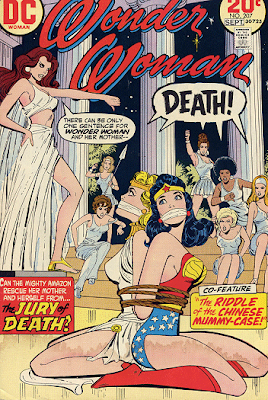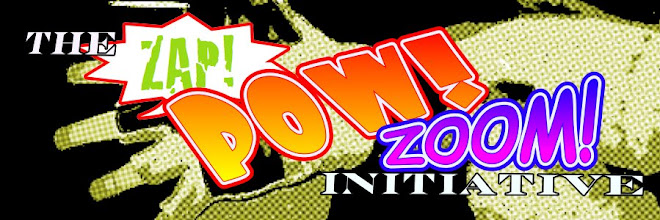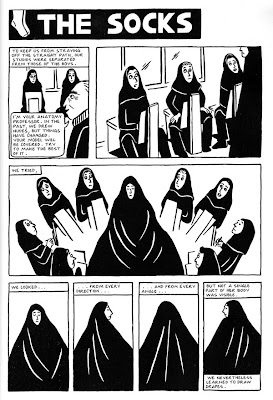
Dibujante de Muñequitos explores the life, career, artwork and relationships of Ric Estrada, former comic book penciler who spent much of his career working at DC Comics and was the first artist to draw such popular characters as Power Girl. Ric has led a very interesting life filled with connections with interesting people, such as the late Ernest Hemingway.
In viewing some of the unedited footage of the film (such as this interview with Paul Levitz, president of DC Comics), what intrigues me most about Ric is his religious convictions and how he implemented them in his every day life and work. The comics industry is rampant with atheism, and Ric stands out as a
 man who isn't afraid to make his convictions a part of his projects and known to his coworkers.
man who isn't afraid to make his convictions a part of his projects and known to his coworkers.Seth, Ric's son and my friend, is striving to raise funds for this film to pay tribute to his father, who is currently undergoing radiation treatments for cancer. Ric is currently in good spirits, according to Seth, but the nature of cancer is such that nobody can be sure how much longer he'll be around, therefore time is of the essence in securing these funds and completing this project.
If it is within your means, support this film and show your support for artistic expression through the comics medium. See the links in this post for more detailed information on Ric's life, the film's progress & content, and benefits of donating.



